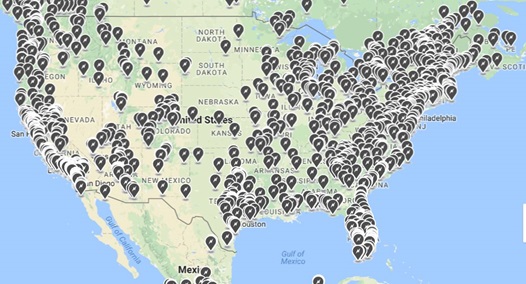- Plug-In EVs
- Tesla Motors
- Tesla Model 3
- Electric Vehicle Charging Infrastructure
Preparations Continue for Tesla Model 3 Launch

For the hundreds of thousands who put down a deposit on the upcoming Tesla Model 3, the future can’t come soon enough. The much anticipated EV, which is scheduled to start shipping sometime between the end of 2017 and the beginning of 2018, is one of several vehicles due out in the next 18 months that are expected to push plug-in EVs (PEVs) into the mainstream.
A new book, Getting Ready for Model 3: A Guide for Future Tesla Model 3 Owners by Roger Pressman, details many of the expected technical details about the car’s performance as well as considerations for keeping it charged. For those who like the minutiae of how cars function, the chapters on performance and autonomous vehicles give digestible overviews of how EV and assisted driving technologies work in general, as well as Tesla’s likely implementation.
One aspect of PEVs that is often overlooked or misunderstood is the efficiency of electric motors in providing more torque at low to medium RPMs than conventional vehicles. Pressman does well in explaining the details about this feature, which alone should have prospective Model 3 owners excited. Tesla’s prior vehicles are admired for their speedy and nimble driving, and bringing that capability to the Model 3 helps explain the long reservation list.
Autonomous Driving
Tesla’s Autopilot feature has gained praise for its role in pushing the edges of driver assistance (as well as a fair amount of notoriety), and Pressman provides an overview of the levels of autonomy and underlying technologies. The Model 3 will include the hardware and software for Tesla’s self-driving technology, though customers of Tesla’s least expensive vehicle to date will have to pay to unlock the feature. A recent survey of Tesla owners indicates that while the vast majority understand the limits of the technology, the minority who believe Tesla cars can fully drive themselves can have serious consequences. With the Model 3 likely to outsell all previous Tesla cars combined, barring an expanded education push, the number of misinformed drivers putting too much faith in Autopilot could skyrocket.
For those who haven’t owned a PEV before, how to keep the 215-mile-range, all-electric car sufficiently charged is worth reading up on. As my colleague Sam Abuelsamid correctly anticipated, Model 3 owners (and all Tesla buyers who purchase a vehicle after January 1, 2017) won’t have unlimited use of the Supercharger network, but will be capped at around 400 kWh worth of free charging, with a pay-as-you-go model kicking in after that.
To supplement the Supercharger network, Tesla has been busy working with partners to build out its Destination Charging network. As pictured below, this network provides slightly above Level 2 (up to 16 kW) charging at hotels, parking garages, restaurants, and other locations across the United States.
Tesla's Destination Charging Network
Source: Tesla Motors
Tesla will also be introducing a new type of glass in the Model 3 as the company continues to expand its research and development efforts to leverage the synergies with recently acquired SolarCity. There is justified enthusiasm surrounding the Model 3 and other more affordable PEVs coming out in the next 18 months. It will be interesting to see to what degree that excitement turns into growing sales.
